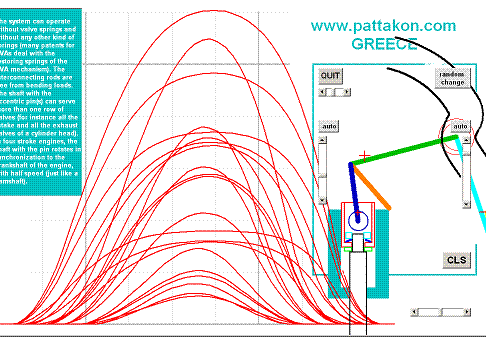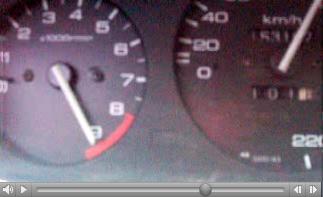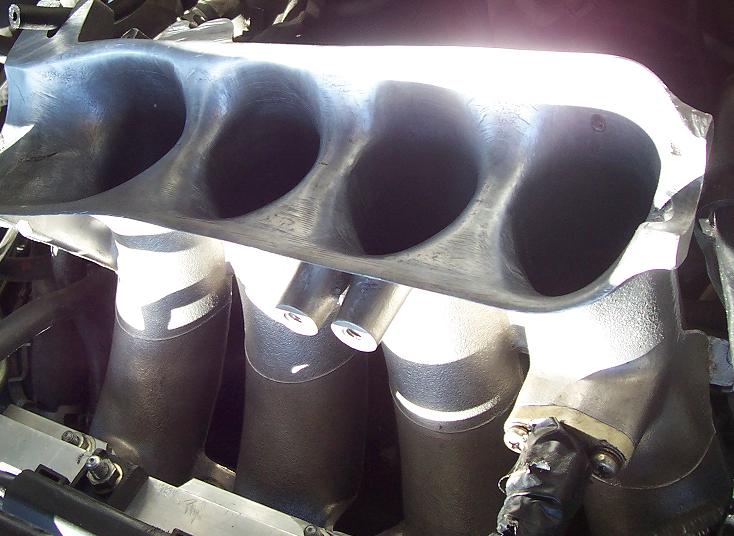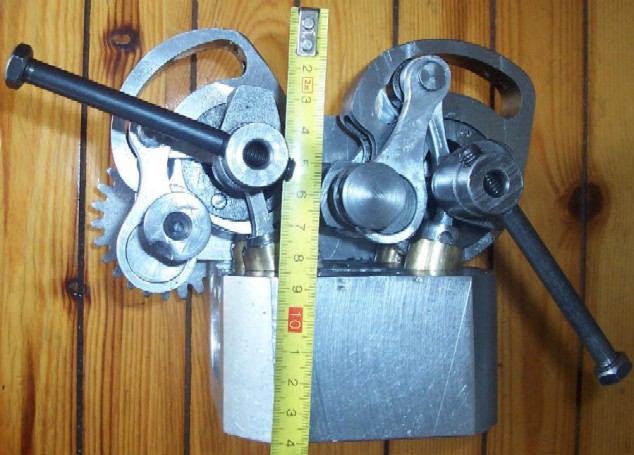unstable load wrote:When you can achieve the same characteristics by a simpler mechanism, “the simpler the better”.
This being the case, the system utilised by Ducati today is the simplest and by your definition, the best.
No, this is not the case.
The definition starts with "when you can achieve the same characteristics". Ducati's mechanism cannot.
The desmodromic of Ducati operates in a single mode (in a specific opening-closing motion of the valve -called valve lift profile- defined by the camlobes and the linkage used).
A Ducati Desmo operates from the idling to the red line with the same valve lift profile, say 260 crank degrees duration and 10mm valve lift (like the point C of the Lift-Duration plot).
This unique valve lift profile may be optimized for the peak power at high revs, but then the engine operates not so good at medium/low revs - partial/light loads.
Or this unique valve lift profile may be the optimum for medium revs - half load operation, but then the peak power of the engine is not as high as it could, neither the idling as smooth and as green as it could.
Take now the DVVA for a side cam engine:
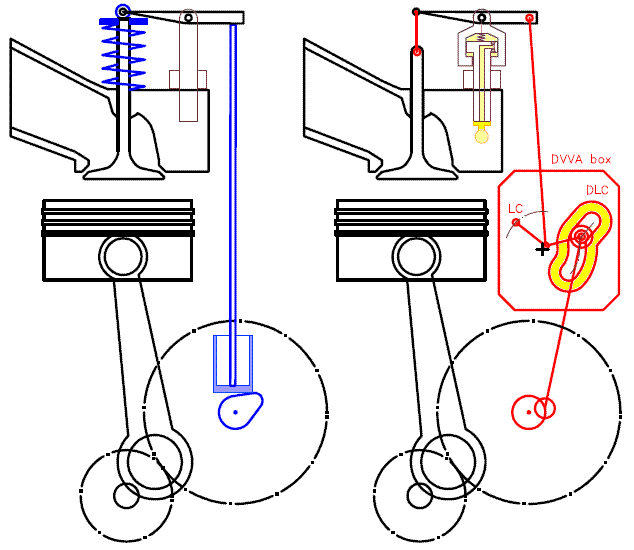
If, during operation, the DLC yellow track is rotated counter-clock-wise for a few degrees about the black cross , the valve duration is decreased.
If, also during operation, the pin LC is rotated clock-wise for a few degrees about the black cross, the lift of the valve decreases.
The valve lash remains unchanged.
The acceleration and jerk remain normal.
I.e. you can change, on-the-fly, the characteristics of the valve lift profile in order to be optimized for the instant needs.
It is like having an infinity of camshafts in the "pocket" of the DVVA, and use, each moment, the best for the instant conditions of operation.
And because the valve lift varies from almost zero, a throttle valve is no longer necessary because the intake valves make the throttling. Think of the cost of a decent ITB.
The simpler Ducati Desmo mechanism is not better because it can achieve only a small fraction of what the DVVA mechanism can.
The DVVA idles more smoothly at lower revs at lower consumption, the DVVA provides more flat torque curve, the DVVA can make more power, the DVVA has lower consumption and emissions at all revs-loads, and so on.
This is so because the valve lift profile the DVVA operates can be adjusted / optimized for the instant operational conditions.
One by one the car makers leave the simpler conventional valve train and proceed to the complicated variable valve actuation systems (VVA).
The VVAs used by BMW, Toyota, Nissan, Fiat etc are far more complicated and expensive and faulty than the conventional single mode valve train. However, their additional cost / complication / faults etc are justified by the improvement of the operation of the engine (mileage, emissions, peak power, response, smoothness, driver friendly operation etc).
Like: the two stroke is simpler, yet the four stroke dominates.
Below is an Over Head version of the DVVA, with a single "camshaft".
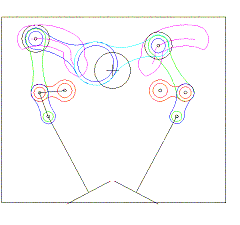
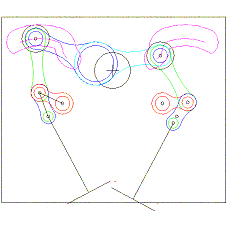
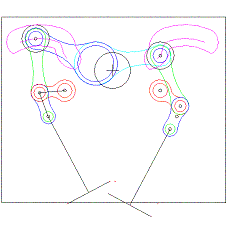
Left: the two "Lost Motion Control Shafts" (each having a track or groove or slot -magenta- along which the yoke roller and its pin roll, being in simultaneous abutment to both sides/surfaces/walls of the track) are at angles providing short duration and negative overlap.
Middle: the Lost Motion Control Shafts are at angles providing long duration, while the Constant Duration Control Shafts (they displace the pin of the big end of the red rods) are at angles providing medium valve lift. Here the angular overlap is long while the actual overlap (valve-time area) is medium.
Right: the Lost Motion Control Shafts are at angles providing long duration, while the Constant Duration Control Shafts are at angles providing high valve lift. The angular overlap is long. The actual overlap (valve-time area) is extreme.
The external ring (yoke) of the roller rolls along the upper surface of the track and has nothing to do with the lower surface of the track; similarly the pin of the roller rolls along the lower surface of the track and has nothing to do with the upper surface of the track. This way there is no "sliding" friction in the mechanism. The proper dimensioning of the track defines the preloading of the roller / track assembly.
Note: the only heavy parts are the tracks; and the tracks move slowly, and only when a different valve duration is necessary. All the rest quick moving parts are lightweight and are rid of bending loads.
So,
is the Ducati single-mode desmo simpler, or lighter, or more compact, or capable for higher revs, or with less friction than the above infinite-mode DVVA?
Thanks

